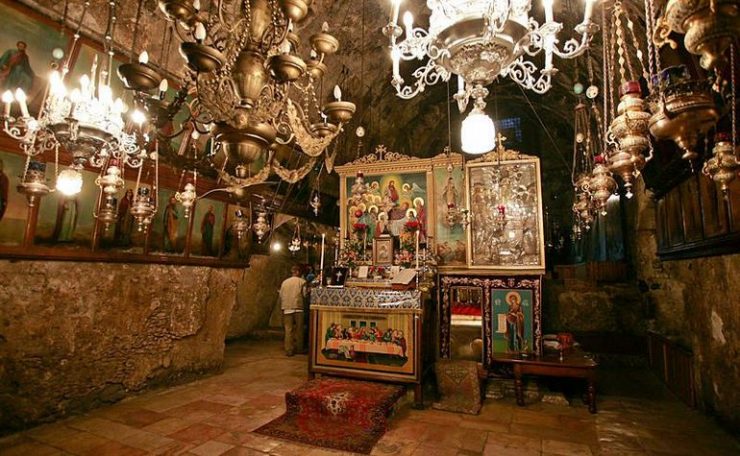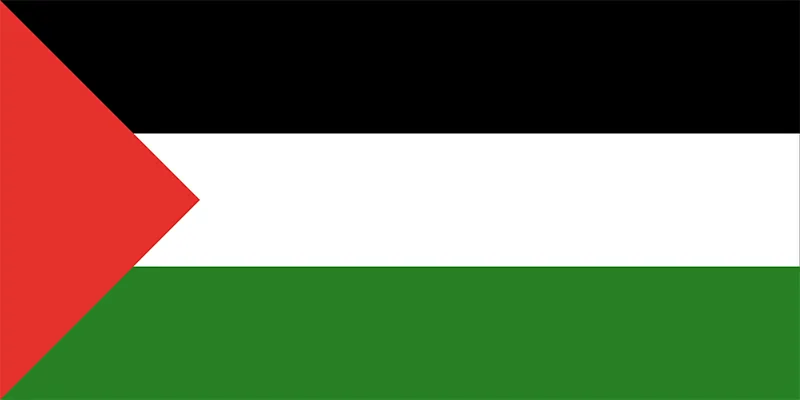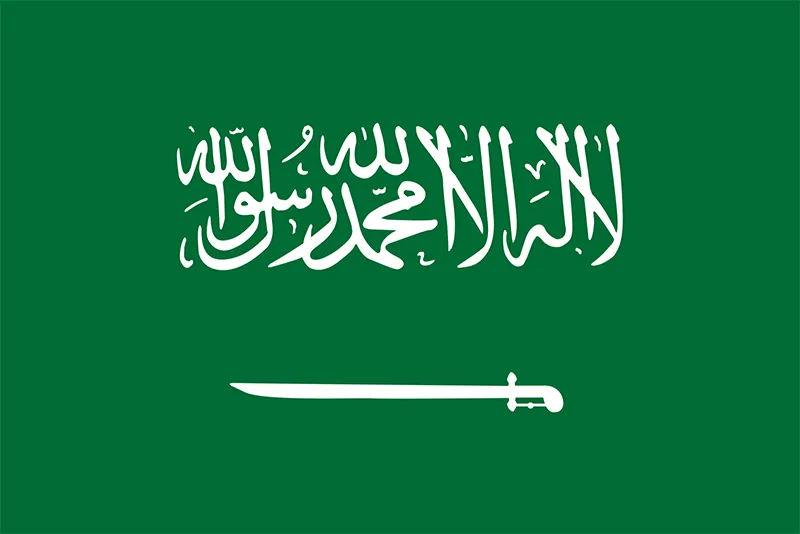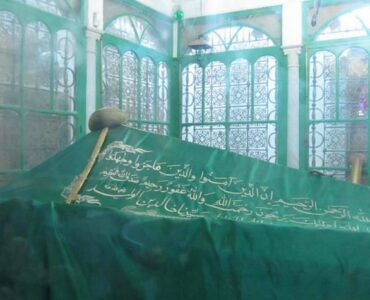Here is the maqam/tomb of Maryam (عليها السلام) [Mary], the mother of Isa (عليه السلام) [Jesus]. It is located in a church at the foot of the Mount of Olives, close to the old city of Jerusalem.
- In Islam, Maryam (عليها السلام) is venerated as a righteous woman and is the only woman mentioned by name in the Quran. The 19th surah of the Quran is named after her and she is mentioned more times in the Quran than in the entire New Testament.
- Maryam (عليها السلام)’s story in the Quran, begins while she is still in her mother’s womb. The mother of Mary said, “O my Lord! I do dedicate into Thee what is in my womb for Thy special service. So accept this of me for Thou hearest and knowest all things.” [3:35]. When Mary was delivered, she said, “O my Lord! Behold! I am delivered of a female child!” [3:36]. She had expected her baby to be a boy who would grow up to be a scholar or religious leader. The verse continues “…and God knew best what she brought forth — ‘And no wise is the male like the female. I have named her Maryam, and I commend her and her offspring to Thy protection from Satan, the Rejected.’“
- The Quran further mentions the qualities of Maryam (عليه السلام), declaring her (uniquely along with Isa a.s.) to be a Sign of God to mankind [23:50]; as one who “guarded her chastity” [66:20]; “an obedient one” [66:12]; “a Chosen One” [3:42]; “a Purified One” [3:42]; “a Truthful one” [5:75]; her child conceived through “a Word from God” [3:45]; and “exalted above all women of The Worlds/Universes” [3:42].
- She remained unmarried and passed away long after Isa (عليه السلام) was raised to the heavens. Some Mufassireen have said that as unmarried women will be married in Jannah (Paradise) to the person of their choice, Maryam (عليها السلام) will marry our beloved Prophet Muhammed (ﷺ) in Jannah.
- The first tomb was cut in the hillside here in the 1st century CE. By the 5th century, an upper chapel had also been built. This was destroyed by the Persians in 614, rebuilt by the Crusaders but again destroyed by Salahuddin Ayyubi in 1187. He left the crypt, however, largely intact.
- In the south western wall beside the tomb is a mihrab (indicating the direction of Makkah) that was installed after the conquest of Jerusalem by Salahuddin Ayyubi.
References: Wikipedia, Jerusalem & the Holy Land – Dorling Kindersley, The Tafsir of Surah Maryam – Sheikh Abdur Raheem
Note that this entry has been shown for information purposes only. On no account should anybody pray to a grave or seek supplication through them as this is tantamount to committing shirk, associating partners with Allah (ﷻ)
















